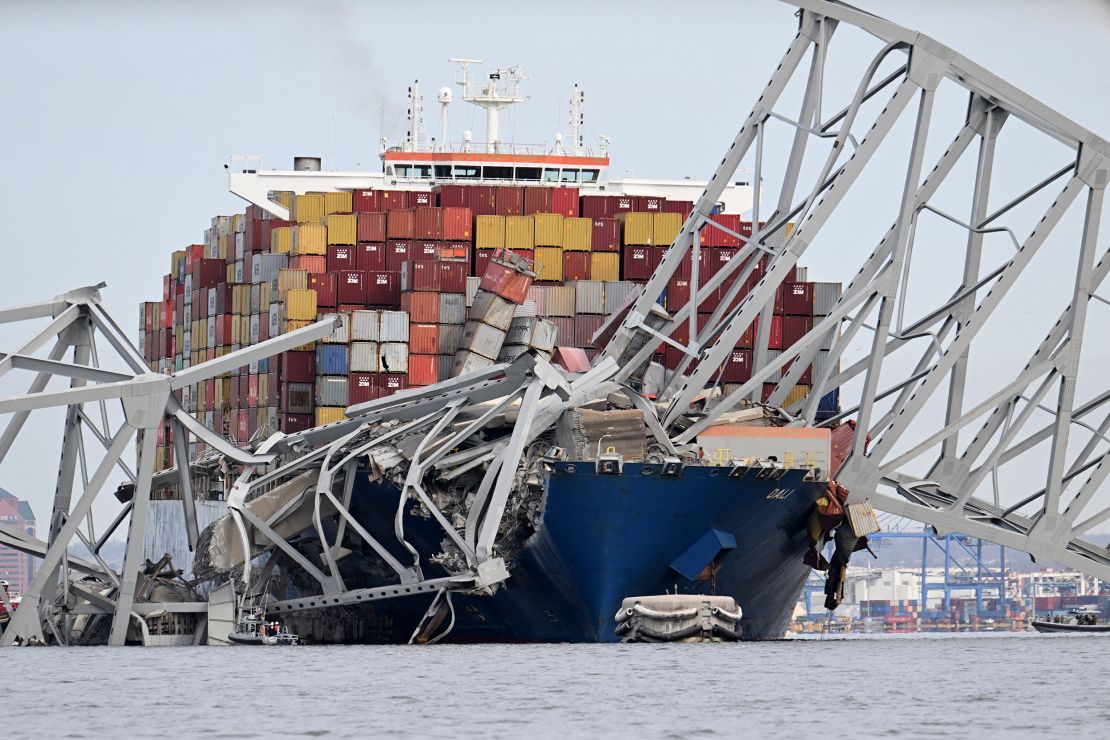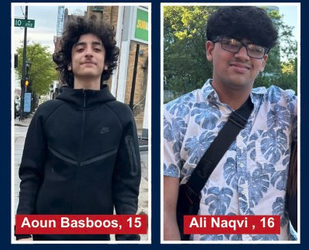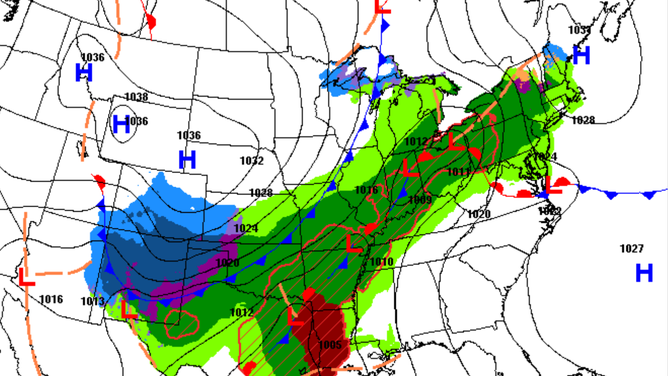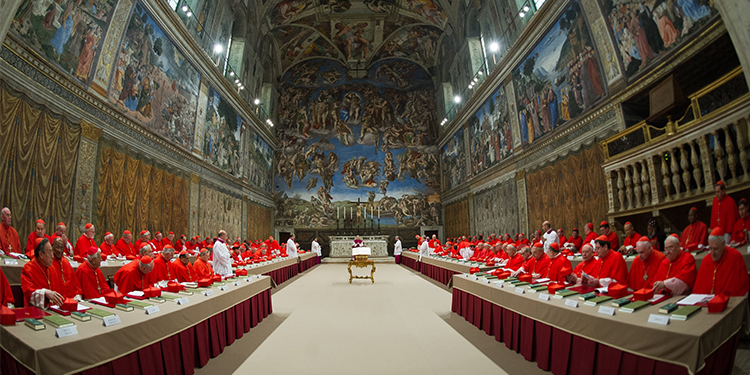A cargo ship lost power and rammed into a major bridge in Baltimore early Tuesday, March 26th, destroying the span in a matter of seconds and plunging it into the river in a terrifying collapse that could disrupt a vital shipping port for months. Six people were missing and presumed dead, and the search for them was suspended until the morning of Wednesday, March 27th. The ship’s crew issued a mayday call moments before the crash took down the Francis Scott Key Bridge, enabling authorities to limit vehicle traffic on the span, Maryland’s governor said. With the ship barreling toward the bridge at “a very, very rapid speed,” authorities had just enough time to stop cars from coming over the bridge, Maryland Gov. Wes Moore said. In the evening, Col. Roland L. Butler Jr., superintendent for Maryland State Police, announced that the search and rescue mission was transitioning to one of search and recovery. He also said the search was being paused and divers would return to the site at 6 a.m. Wednesday, when challenging overnight conditions were expected to improve. No bodies have been recovered, Butler said.
The crash happened in the middle of the night, long before the busy morning commute on the bridge that stretches 1.6 miles (2.6 kilometers) and was used by 12 million vehicles last year. The six missing people were part of a construction crew filling potholes on the bridge, said Paul Wiedefeld, the state’s transportation secretary. Guatemala’s consulate in Maryland said in a statement that two of the missing were citizens of the Central American nation. It did not provide their names but said consular officials were in contact with authorities and assisting the families. Earlier Tuesday, two people were pulled from the Patapsco River, Baltimore City Fire Department Chief James Wallace said. One was not injured and the other was taken to a local trauma center in “severe condition,” he said. A patient being treated at the University of Maryland Medical Center was discharged later Tuesday, the hospital said in a statement. Individuals were working on the bridge at the time.
“There are cars in the water – our fire department has confirmed that as they lead this search-and-rescue mission through sonar. That is where our focus is – it’s about those souls, those people we’re trying to find and get out of this water,” Scott said. Construction workers contracted with the state transportation agency were doing repair work on the bridge at the time of the collapse, Wiedefeld said Tuesday morning. State and federal officials have not released information about the identities of any of the six missing workers. Still, foreign officials have said some of them are from Mexico and Guatemala. The Ministry of Foreign Affairs in Guatemala said in a statement late Tuesday that two of the missing workers are of Guatemalan origin — one is a 26-year-old originally from San Luis, Petén, and the other is a 35-year-old from Camotán, Chiquimula. The ship dropped its anchors as part of an emergency procedure before hitting the bridge, the Maritime and Port Authority of Singapore told CNN.
The vessel was currently holding its position at the site of the collision and was in a stable condition and all 22 of the ship’s crew members are safe and accounted for, the agency added. Lights on the ship flickered and a dark plume of smoke could be seen billowing from it before it veered towards a bridge pillar shortly before impact, CNN analysis of data from MarineTraffic shows. No crew members on the ship were injured, ship management company Synergy Group said in a statement. The pilot of the ship did “everything that he could have done” to both slow the vessel down and keep it from drifting toward the bridge, according to Clay Diamond, executive director and general counsel of the American Pilots Association. Diamond told CNN he has been in close communication with the Association of Maryland Pilots regarding what unfolded on the Dali cargo ship in the moments leading up to the crash. “Just minutes before the bridge, there was a total blackout on the ship, meaning that the ship lost engine power and electrical power, it was a complete blackout,” Diamond said. The pilot quickly gave a string of orders, calling for a hard rudder to port – as far left as possible – and for the anchor to be dropped. The pilot was the one who contacted the pilot dispatch office to shut down traffic to the bridge, Diamond said. “Those were all the appropriate steps but it happened so quickly and with so little lead time, neither one of those maneuvers was enough,” said Diamond. Maritime pilots, who are required to be licensed, temporarily board a ship and help guide the vessel as it maneuvers through local waters.
Pilot training programs are extensive and rigorous, according to Diamond, requiring years of experience navigating ships on the water, classroom simulations, and working under the supervision of licensed pilots. A former pilot for the Association of Maryland Pilots told CNN once a pilot boards a vessel, they are responsible for guiding the ship in or out of the Baltimore harbor. The captain remains ultimately in charge of the ship and can overrule the pilot if needed. But most of the time, a captain will rely on the pilot’s detailed local knowledge of the Chesapeake Bay, the former seaman explained. This was a very tragic and traumatic event for many, and the cleanup will certainly be a long and arduous process.








